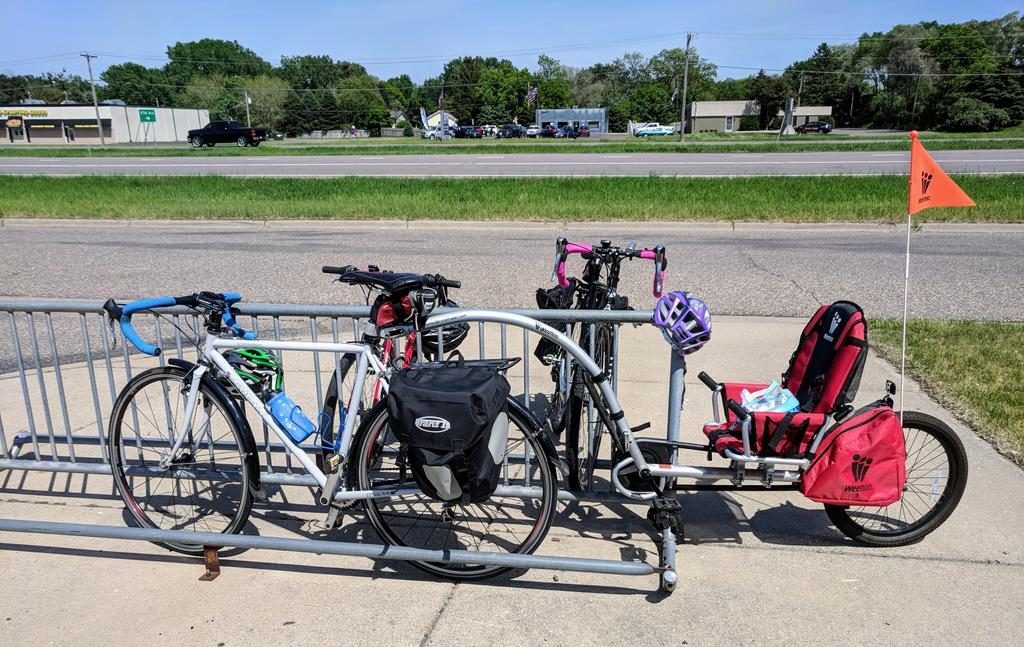On Friday, the Ramsey County attorney’s office announced that no charges will be filed against the school bus driver involved in May’s fatal Summit Avenue crash.
Initial gut response: WTF, with a side helping of “you announced this on the Friday before a holiday weekend for reasons, didn’t you.”
Reading further into the reports, it becomes abundantly clear that the attorney’s office is not filing charges because they see this as an unwinnable case, and thus a poor use of prosecution resource. From a government point of view, this is a responsible choice.
The quote from the attorney’s office states:
“Based on the facts presented to us by the St. Paul Police Department, we have determined that we cannot prove beyond a reasonable doubt that the driver operated the bus in a grossly negligent manner which is the legal standard required to bring a felony level criminal charge.”
Which gets us into the findings of the St. Paul Police Department. Based on eyewitness interviews, they concluded that Alan Grahn went through a red light, striking the bus.
Oy.
Let’s unpack that a little. For Alan Grahn to “strike a bus,” in the middle of the Summit/Snelling intersection, by entering in a red light, the bus was left turning through that red light. In addition, the bus would have been in the intersection — or at least moving into it — at the point the cyclist was apparently blowing the red signal.
What?!
I said previously:
If the cyclist ran the red, so did the bus. There is no left turn signal. Instead of asking “Did the cyclist run the red light?†someone might as well ask “Do you believe the cyclist was actively suicidal?â€
We have the answer, as it were. A spokesman for the SPPD said:
“At some point, the light turned red and the westbound traffic cleared the intersection,†Linders said. “That’s when the bus driver began to turn north onto Snelling Avenue. At this point, the bicyclist rode into the intersection, through a red light and into the bus. Witnesses say the bicyclist never stopped at the red light.â€
The mechanics of this statement simply don’t pass a logic test. What they do suggest is eyewitness bias: Cyclists are bad. They run red lights. Meanwhile, per this same narrative, the bus was left-turning on red, which doesn’t seem to be in compliance with Minnesota Statute 169.19, Subd. 1, Section g:
(g) Whenever it is necessary for the driver of a motor vehicle to cross a bicycle lane adjacent to the driver’s lane of travel to make a turn, the driver shall first signal the movement, then drive the motor vehicle into the bicycle lane prior to making the turn, but only after it is safe to do so. The driver shall then make the turn consistent with any traffic markers, buttons, or signs, yielding the right-of-way to any vehicles or bicycles approaching so close thereto as to constitute an immediate hazard.
Photos of the crash scene place the downed bike in line with the front of the bus.
Nonetheless, the SPPD narrative leaves the attorney unable to make a solid felony case, and lower level charges are problematic relative to the resources required to prosecute. The eyewitnesses say the cyclist blew the light. While they could do diagrams and provide science facts (like how fast a bus should be moving from a stop at that point, or how fast an average cyclist might go at that point on Summit), they just won’t secure a conviction with those eyewitnesses and their “cyclist blew red” story in play. And prosecuting the driver won’t bring the cyclist back.
The statement of the SPPD, based on eyewitness interview, amounts to “cyclist’s fault.” This makes it easy for state and local agencies to minimize the need to redesign the intersection, especially in the face of neighbor opposition. This is not the first fatality there, and there have been other, life-changing injuries in that intersection. But they’ll point to cyclists blowing red lights, and shrug.
This is the world we’re cycling in, friends. It’s not a safe one.
There are things you can do, although they may not feel powerful in the face of these kinds of non-actions:
Summit Avenue is known throughout the Twin Cities, and is a frequent ride of both locals, and those who may not hail from St. Paul. It needs to be better. Stay noisy.


